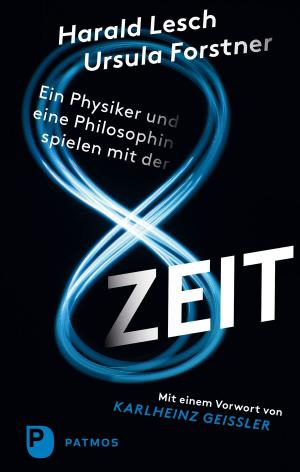Stars of the Neighborhood
Nonfiction, Science & Nature, Science, Physics, Astronomy, Astrophysics & Space Science| Author: | William Haloupek | ISBN: | 9781301684069 |
| Publisher: | William Haloupek | Publication: | May 29, 2013 |
| Imprint: | Smashwords Edition | Language: | English |
| Author: | William Haloupek |
| ISBN: | 9781301684069 |
| Publisher: | William Haloupek |
| Publication: | May 29, 2013 |
| Imprint: | Smashwords Edition |
| Language: | English |
(science article)
As you get to know your stellar neighborhood, you will find some bizarre and fascinating stars, planets and other strange things. Each one has its own personality, and we are starting to learn more about them, individually.
One of the first things you will notice is that more than two-thirds of the known nearby stars are red dwarfs (not dwarves!). These stars are much smaller, cooler and dimmer than Sol (our Sun). In fact, they are only red hot, which is pretty cool for a star. The color of a star depends mainly on the temperature of its outer layers. Because red dwarfs are so dim, even those nearest to us cannot be seen without a telescope.
Our neighborhood also includes a few Sol-like stars, some white dwarfs, which are small and hot, and brown dwarfs, small and cold. Brown dwarfs are not really considered stars, since they are not massive enough to sustain fusion of their most abundant element, hydrogen, into helium. There are probably many smaller, dimmer objects, yet to be discovered. We don’t always discover the nearest things first.
(science article)
As you get to know your stellar neighborhood, you will find some bizarre and fascinating stars, planets and other strange things. Each one has its own personality, and we are starting to learn more about them, individually.
One of the first things you will notice is that more than two-thirds of the known nearby stars are red dwarfs (not dwarves!). These stars are much smaller, cooler and dimmer than Sol (our Sun). In fact, they are only red hot, which is pretty cool for a star. The color of a star depends mainly on the temperature of its outer layers. Because red dwarfs are so dim, even those nearest to us cannot be seen without a telescope.
Our neighborhood also includes a few Sol-like stars, some white dwarfs, which are small and hot, and brown dwarfs, small and cold. Brown dwarfs are not really considered stars, since they are not massive enough to sustain fusion of their most abundant element, hydrogen, into helium. There are probably many smaller, dimmer objects, yet to be discovered. We don’t always discover the nearest things first.















